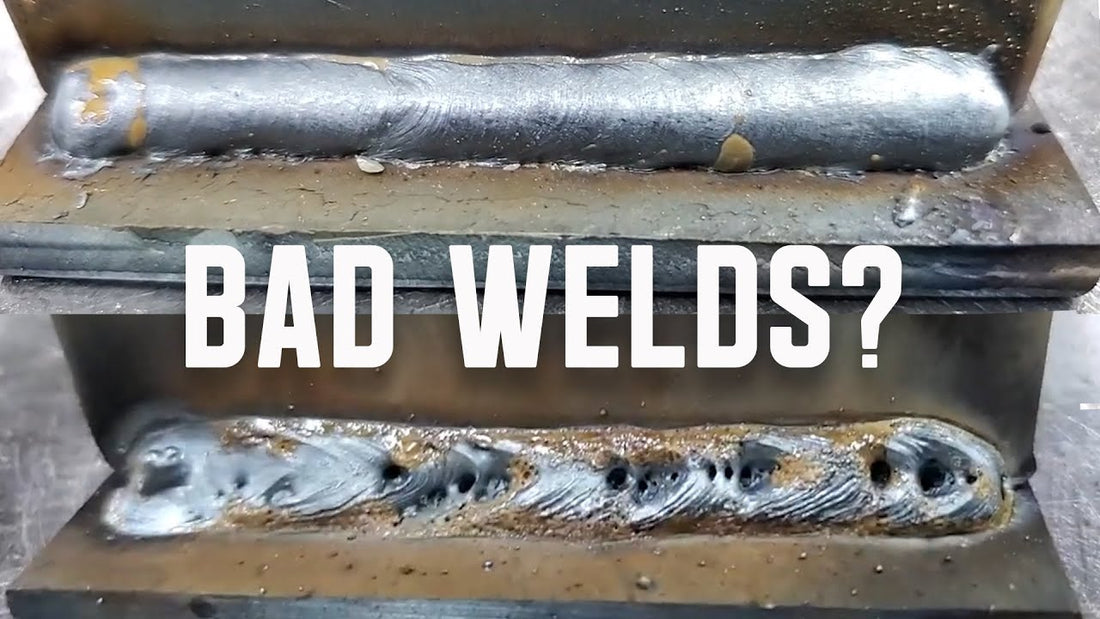Effective Ways to Prevent Weld Undercut in Your Welding Tasks
Effective Ways to Prevent Weld Undercut in Your Welding Tasks
Blog Article
A Comprehensive Overview to Identifying, Fighting, and Correcting Undercut Welding Issues in Your Welding Projects
In the realm of welding, coming across undercut concerns is an usual obstacle that can endanger the architectural honesty and general high quality of your welding jobs. Remain tuned as we check out the crucial parts of recognizing, preventing, and fixing undercut welding problems, giving you with beneficial understandings and approaches to boost your welding abilities to the next level.
Common Root Causes Of Undercut Welding
Undercut welding, a common issue in welding procedures, can be brought on by numerous aspects that need to be thoroughly identified and resolved to make certain the honesty of the weld joint. One of the primary root causes of undercut welding is extreme heat input. When the welding parameters, such as voltage, existing, or travel rate, are not effectively established, an excessive amount of heat can be created. This excess warm results in the melting and succeeding elimination of the base material along the sides of the weld joint, creating a groove referred to as undercut.
An additional common root cause of undercut welding is improper welding method. Inadequate control of the welding torch or gun, wrong angle or distance between the lantern and the workpiece, or irregular traveling speed can all add to the development of undercut. Furthermore, making use of the wrong welding consumables or electrode size for a certain joint configuration can cause undercut concerns. Identifying these source and carrying out rehabilitative steps is essential in avoiding and remedying undercut welding issues in welding tasks.
Identifying Undercut in Welds

To identify undercut properly, proper lighting and magnification tools are important to inspect the weld joint completely. Utilizing tools such as a welding gauge or a magnifying glass can help in finding also the tiniest undercut flaws. In addition, running a finger or a fingernail along the weld joint can sometimes expose undercut, as the surface might feel uneven or have a dip where the undercut exists.
Safety Nets for Undercut
Having a deep understanding of the reasons for undercut in welds permits for the execution of efficient safety nets to preserve weld high quality and stability. One vital precautionary procedure appertains weld joint preparation. Ensuring that the sides are clean, complimentary of pollutants, and correctly beveled can considerably reduce the chance of undercut (Preventing weld undercut). Furthermore, choosing the appropriate welding criteria, such as voltage, present, and take a trip rate, is important. These setups must be optimized to avoid extreme heat input, which can bring about undercut development.

Strategies for Repairing Undercut

To resolve undercut concerns efficiently, welders can employ details methods aimed at remedying the problem and restoring the stability of the weld joint. One technique is to readjust the welding parameters, such as the voltage, existing, article and travel rate, to ensure correct heat input and blend. Enhancing the welding existing or decreasing the traveling speed can aid fill out the undercut. In addition, changing the welding method from a press to a drag or vice versa can additionally help lessen undercut.
Another method is to make use of a weaving motion while welding to make sure correct sidewall fusion and fill in the undercut. By oscillating the welding arc from side to side within the weld joint, the welder can transfer extra filler material into the undercut locations, properly eliminating the flaw.
In addition, grinding out the undercut and rewelding the joint can be a practical option for extra severe undercut issues - Preventing weld undercut. This process includes eliminating the undercut section, preparing the base metal, and afterwards rewelding the joint with correct welding parameters and techniques to avoid undercut from repeating

Expert Tips for Staying Clear Of Undercut
Utilizing appropriate welding strategies and keeping control over key welding criteria are crucial approaches for welders intending to avoid undercut in their weld joints. Furthermore, selecting the ideal welding process and filler steel for the particular application can help prevent undercut. Maintaining a consistent travel speed during the welding check that process is another crucial idea to protect against undercut.
Conclusion
Finally, identifying, preventing, and fixing undercut welding issues in your welding tasks is crucial for ensuring resilient and solid welds. Preventing weld undercut. By recognizing the usual root causes of undercut, having the ability to determine it in welds, carrying out safety nets, and utilizing appropriate techniques for fixing undercut, you can stay clear of potential concerns and create high-quality welds. Complying with professional pointers for preventing undercut can aid you improve your welding abilities and generate better results in your tasks
Undercut welding, a common problem in welding procedures, can be triggered by different aspects that require to be very carefully determined and dealt with to guarantee the integrity of the weld joint. Furthermore, running a finger or a finger nail along the weld joint can occasionally reveal undercut, as the surface area may really feel uneven or have a dip where the undercut exists.
Using proper welding techniques and preserving control over essential welding specifications are critical methods for welders aiming to protect against undercut in their weld joints.In verdict, determining, stopping, and taking care of undercut welding problems in your welding projects is crucial for ensuring long lasting and strong welds. By understanding the common reasons of undercut, being able to determine it in welds, applying preventative measures, and using proper techniques for fixing undercut, you can avoid prospective concerns and create high-grade welds.
Report this page